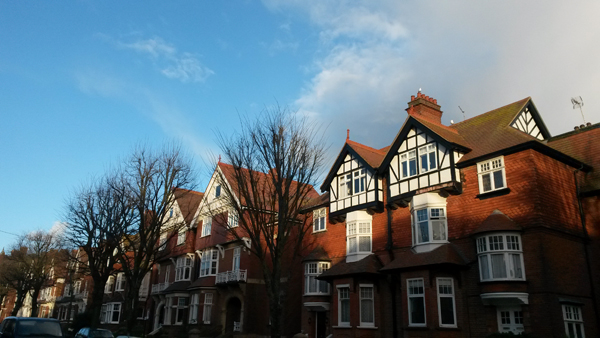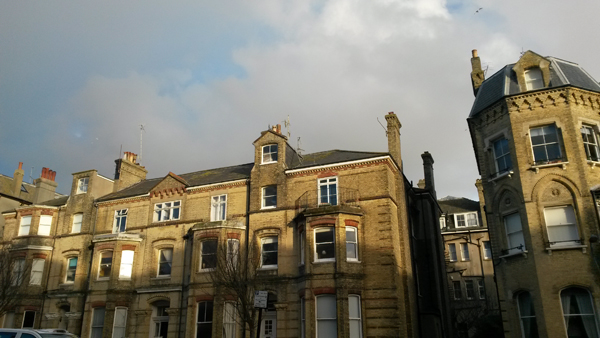Robert Nemeth on the West Brighton Estate

The Avenues Conservation Area between Cliftonville and Adelaide Crescent on the Hove seafront was built following the creation of a master plan in 1871. It didn’t quite work out as planned.
“Sir James Knowles’ vision for the area included a series of boulevards wih tall yellow-brick houses”
It was the prominent architect Sir James Knowles whose vision for the area included a series of boulevards with tall yellow-brick houses. It was to be very different to Cliftonville to the west and Adelaide Crescent to the east. Estate agents of today call the area ‘The Avenues’ but it began as the West Brighton Estate despite being in Hove.
It was in 1871 that the Stanford Estate Act was passed which allowed Ellen Stanford, not long after her 21st birthday, to sell off valuable land on which the West Brighton Estate was to be built which she had inherited some years previously.
First and Second Avenues, along with Queen’s Gardens and the east side of Grand Avenue were developed rapidly using the yellow brick that Knowles specified. Terraces and detached houses are typical for these streets. What is now King’s House (between Grand and Second) actually began as seven houses. Kingsway Court (between Second and First) was built on the site of a building that looked just like King’s House which was demolished after being struck by a bomb during the Second World War.
Similar structures to King’s House were planned for King’s Gardens, on the other side of Grand Avenue, but tastes were changing. Nos 8-15 King’s Gardens were built with the yellow brick of the 1870s but, by the 1880s, not only had the preferred colour of brick changed, but the type of house too. What should have been 1-7 King’s Gardens was actually built as 1-4 (with a little No. 5 behind) – five red-brick detached houses instead of a terrace of seven – hence the missing numbers.

Third and Fourth Avenues were built principally during the 1880s and 1890s and feature large semi-detached red-brick mansions with wooden balconies and prominent gables. Construction continued into the 1920s.
Most interesting of all is Grand Avenue for it was developed late – from 1914 in fact – and then redeveloped during the 1960s. As the east side includes several large yellow-brick mansions, it is easy to assume that similar buildings were demolished on the west side to make way for the tower-blocks. An attractive mix of various styles were knocked down in fact – some of which weren’t even 40 years old.



















